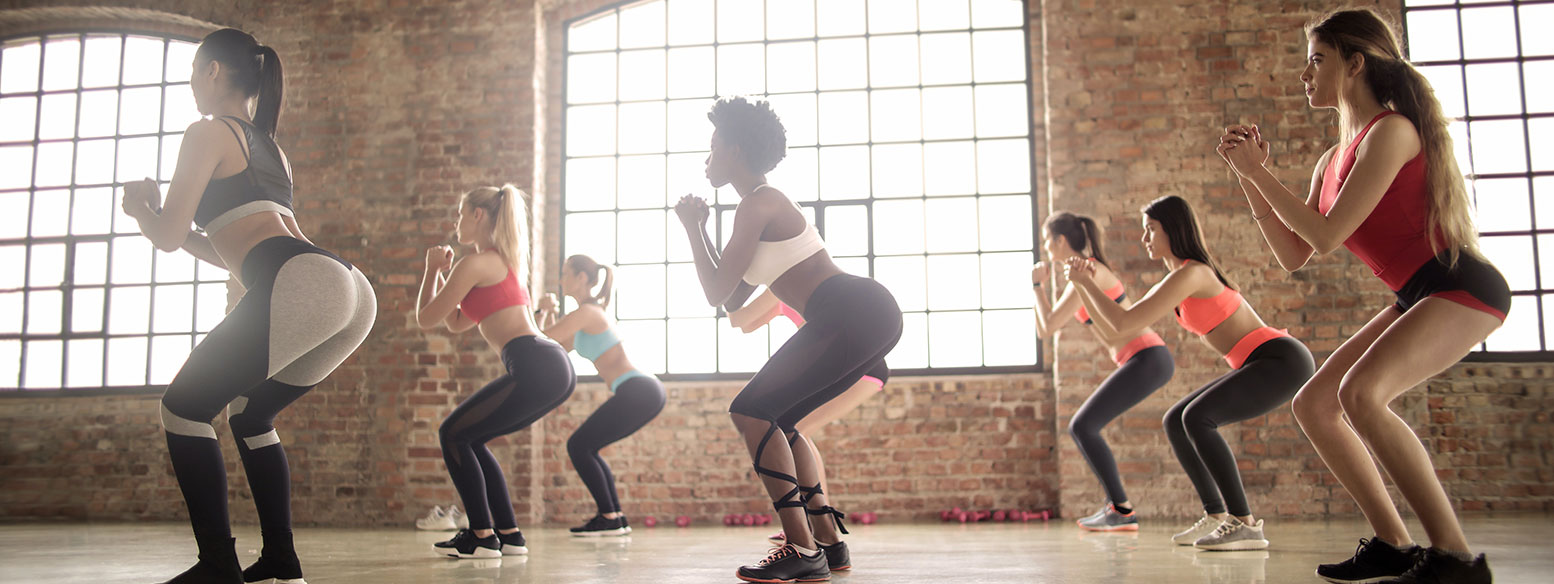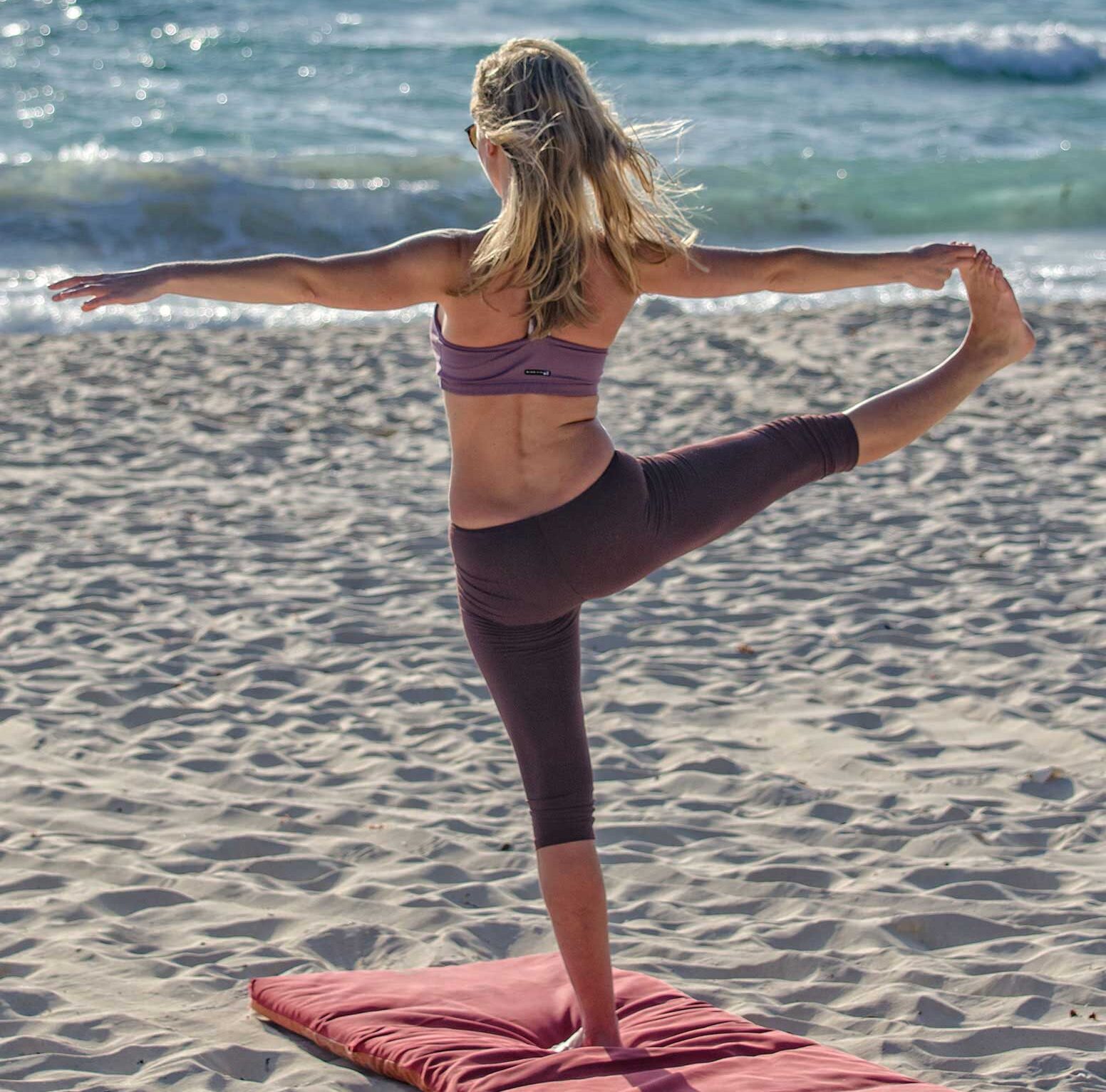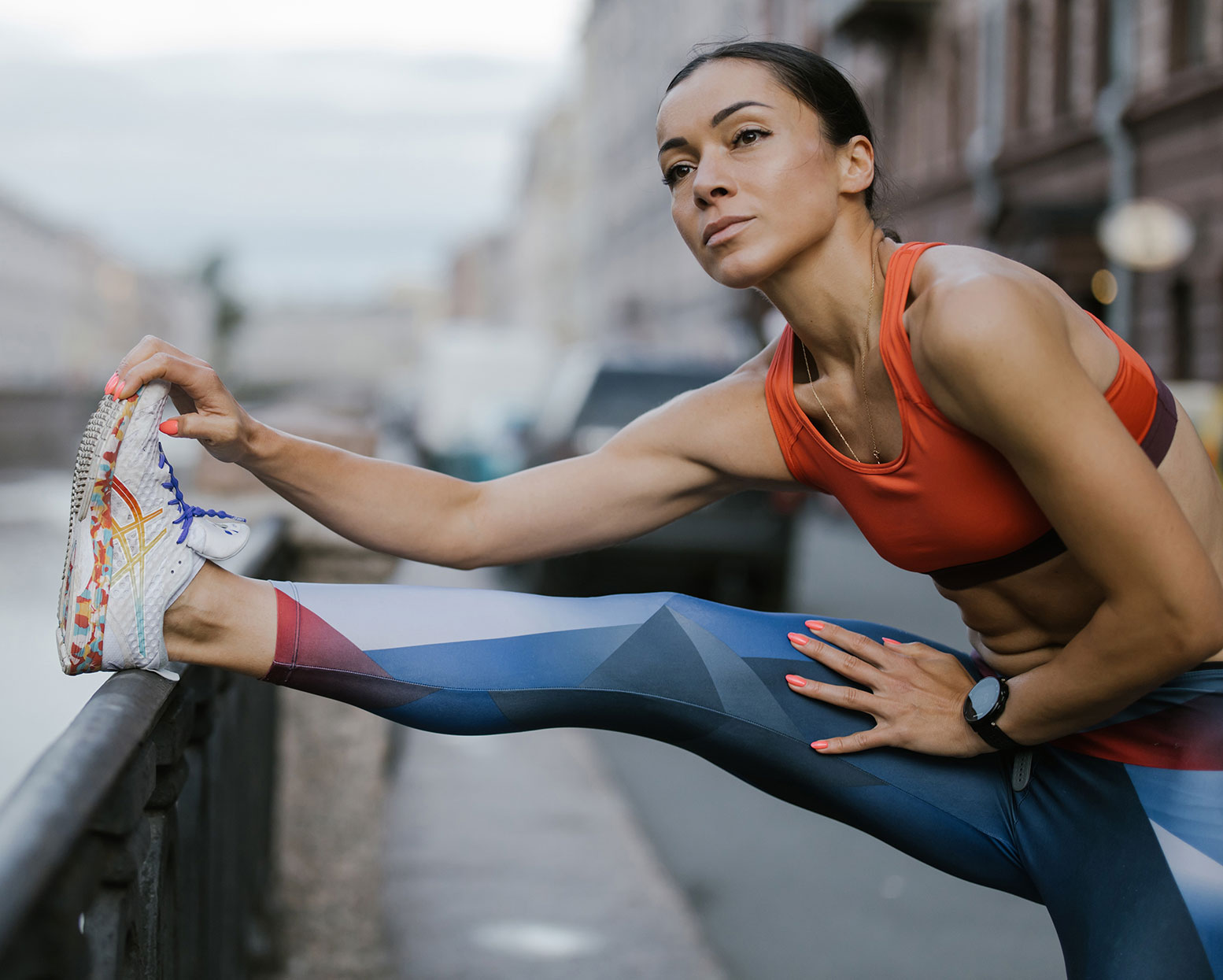E Exercise Techniques and Form
Stretching and Warm-Up Exercises: Essential Components of an Effective Workout
By
Beauty Doctor MD October 4, 2023

Stretching and warm-up exercises are often overlooked aspects of a fitness routine, yet they play a crucial role in ensuring a safe and productive workout. Whether you’re a seasoned athlete or just starting your fitness journey, incorporating proper stretching and warm-up techniques can enhance your performance, reduce the risk of injury, and improve overall flexibility. In this comprehensive guide, we will delve into the significance of stretching and warm-ups, explore various stretching techniques, and provide a range of warm-up exercises suitable for different activities and fitness levels.

The Importance of Stretching and Warm-Up Exercises
Before we dive into the specifics of stretching and warm-up routines, let’s understand why these components are essential for any exercise regimen:
- Injury Prevention
- Warm-Up: A proper warm-up gradually increases heart rate and blood flow to the muscles, preparing them for more intense activity. This reduces the risk of strains, sprains, and other injuries.
- Stretching: Stretching helps improve muscle flexibility and joint range of motion. This flexibility can prevent overstretching and injuries during workouts.
- Enhanced Performance
- Warm-Up: A well-executed warm-up primes your body for exercise by increasing muscle temperature and improving muscle contraction speed and force. This can lead to better performance in strength, speed, and endurance activities.
- Stretching: Improved flexibility from stretching exercises can enhance your athletic performance. It allows for a greater range of motion, potentially leading to better technique and form.
- Improved Blood Circulation
- Both warm-up exercises and stretching increase blood circulation throughout the body. Improved circulation means that oxygen and nutrients are delivered more efficiently to the muscles, which can boost energy levels and endurance.
- Muscle Activation
- Warm-up exercises activate the muscles you’ll be using during your workout, helping to improve muscle coordination and reduce the likelihood of muscle imbalances or compensatory movements.
- Mental Preparation
- Taking the time to warm up and stretch allows you to mentally prepare for your workout. It creates a focused and mindful state that can enhance concentration and motivation.
Warm-Up Techniques and Exercises
A proper warm-up should last about 10-15 minutes and gradually increase in intensity. It typically consists of three components: cardiovascular warm-up, dynamic stretching, and sport-specific drills. Here’s how to structure an effective warm-up:
- Cardiovascular Warm-Up
- Start your warm-up with light aerobic exercises to increase heart rate and circulation. Choose activities that engage large muscle groups and mimic the movement patterns of your main workout. Some effective cardiovascular warm-up exercises include:
- Brisk Walking or Jogging:
- Start at a slow pace and gradually increase speed.
- Aim to walk or jog for 5-7 minutes to elevate your heart rate.
- Jumping Jacks:
- Perform 2-3 sets of 15-20 jumping jacks.
- This exercise engages the entire body and increases circulation.
- Jump Rope:
- Jump rope for 3-5 minutes.
- It’s an excellent full-body warm-up exercise.
- Dynamic Stretching
- Dynamic stretching involves moving your muscles and joints through their range of motion. Unlike static stretching, dynamic stretches are active movements that help improve flexibility while warming up the muscles. Here are some dynamic stretching exercises to consider:
- Leg Swings:
- Stand beside a wall or sturdy support.
- Swing one leg forward and backward, gradually increasing the height of the swing.
- Perform 10-15 swings for each leg.
- Arm Circles:
- Stand with feet hip-width apart.
- Extend your arms straight out to the sides.
- Make circular motions with your arms, gradually increasing the size of the circles.
- Perform 10-15 seconds of forward circles, then reverse for another 10-15 seconds.
- Hip Circles:
- Stand with feet shoulder-width apart.
- Place your hands on your hips.
- Rotate your hips in a circular motion, gradually increasing the size of the circles.
- Perform 10-15 seconds in one direction, then reverse.
- Sport-Specific Drills
- The final phase of your warm-up should include drills that mimic the movements and demands of your main workout or sport. These drills help transition your body from the warm-up phase to the specific activities you’ll be performing. Here are examples of sport-specific warm-up exercises:
- Soccer: Dribbling Drills:
- Set up cones or markers.
- Practice dribbling the soccer ball around the markers using both feet.
- Perform for 5-7 minutes to improve ball control and agility.
- Weightlifting: Barbell or Resistance Band Warm-Up:
- Use a lighter weight or resistance band to perform the movements you’ll be doing with your working weight.
- For example, if you’re doing squats, use a light barbell or resistance band to perform squats with proper form.
- Yoga: Sun Salutations:
- A series of sun salutations is an excellent way to warm up for yoga practice.
- Flow through several rounds to mobilize your spine, stretch your muscles, and increase your breath awareness.
- Static Stretching Techniques
- While static stretching is most effective after your workout when muscles are warm, you can include some static stretches in your warm-up if you have specific areas of tightness or limited flexibility. Hold each static stretch for 15-30 seconds, breathing deeply and never forcing the stretch. Here are some static stretches suitable for a warm-up:
- Standing Quadriceps Stretch
- Stand on one leg.
- Bend your other knee and grasp your ankle behind you.
- Gently pull your heel toward your glutes.
- Repeat on the other leg.
- Standing Calf Stretch
- Stand facing a wall.
- Step one foot back and press the heel into the ground.
- Keep the back leg straight while bending the front knee.
- Lean into the wall to feel the stretch in the calf of the back leg.
- Repeat on the other leg.
- Standing Side Stretch
- Stand with your feet hip-width apart.
- Reach your arms overhead and interlock your fingers.
- Lean to one side while keeping your feet grounded.
- Feel the stretch along your side.
- Repeat on the other side.
Incorporating Stretching and Warm-Ups into Your Routine

To make stretching and warm-up exercises a consistent part of your fitness routine, consider the following tips:
- Customize Your Warm-Up: Tailor your warm-up to the specific activities you’ll be doing. Include dynamic stretches and drills that mimic the movements of your workout or sport.
- Prioritize Consistency: Always allocate time for stretching and warm-up exercises before your workout. Skipping these crucial components can lead to decreased performance and an increased risk of injury.
- Gradual Progression: As your fitness level improves, gradually increase the intensity and duration of your warm-up exercises. This helps your body adapt to higher levels of activity.
- Listen to Your Body: Pay attention to how your body responds to your warm-up and stretching routine. If you feel any pain or discomfort, adjust your techniques or seek professional guidance.
- Post-Workout Stretching: While warm-ups are essential before exercise, static stretching is most effective after your workout when your muscles are warm and pliable. Include a thorough stretching routine as part of your cooldown.
- Seek Professional Guidance: If you’re unsure about which warm-up or stretching exercises are appropriate for your fitness level or goals, consult with a certified fitness trainer or physical therapist for personalized guidance.
Conclusion
Stretching and warm-up exercises are not just optional additions to your fitness routine; they are essential components that can significantly impact your performance and overall well-being. By incorporating proper warm-up techniques and dynamic stretching into your pre-workout routine, you prepare your body for exercise, reduce the risk of injury, and set the stage for a productive and enjoyable workout. Whether you’re a beginner or a seasoned athlete, these practices should always be prioritized to maximize the benefits of your fitness journey. Remember, taking care of your body from the very beginning can lead to a lifetime of injury-free, enjoyable exercise.


